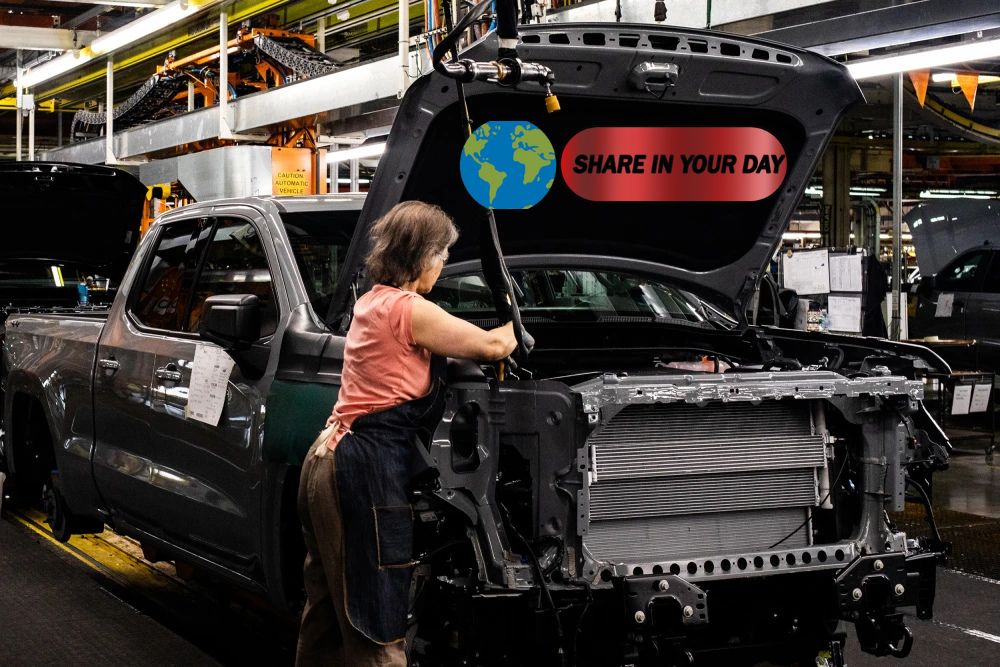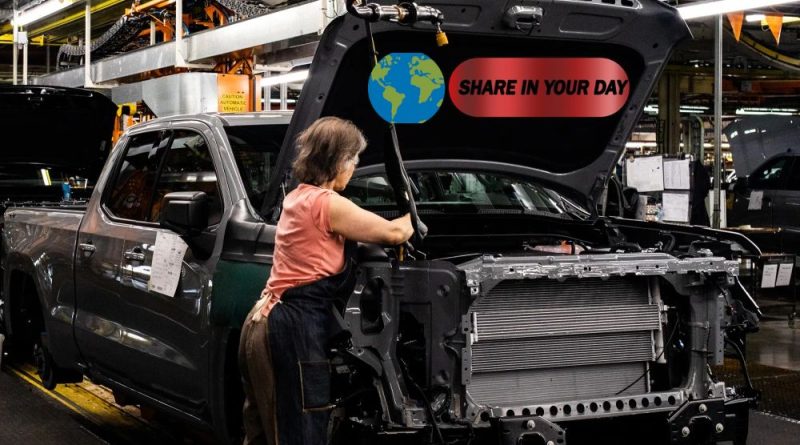Trump Extends Tariff Relief for U.S. Auto Industry and Announces New Tariffs on Trucks and Buses
Washington, D.C. — The White House on Friday unveiled a significant extension of tariff relief for the U.S. auto industry, aimed at bolstering domestic production while addressing key concerns from automakers. The move underscores President Donald Trump’s ongoing efforts to reshape the nation’s trade policies, with a focus on reducing reliance on foreign-made vehicles and components.

In a new directive, the Trump administration confirmed that tariff relief programs for some of the largest U.S. automakers would be extended from two years to five. The decision comes after months of lobbying from the automotive sector, which has faced mounting pressure from the president’s trade policies.
A Step Toward Strengthening U.S. Manufacturing
The latest measure builds on a key executive order signed by Trump in April, which sought to prevent automobile and auto parts tariffs from stacking on top of each other. This would have placed a significant burden on North American manufacturers. The order also offered automakers relief from tariffs imposed on steel and aluminum imports — a critical cost for car manufacturers who rely heavily on these materials.
A senior administration official emphasized that the primary goal is to “expand domestic vehicle production in the United States to ensure that we have good, high-paying jobs for American workers.”
Many automakers, including the “Big Three” — Ford, General Motors, and Stellantis — have long faced the challenge of sourcing parts from across North America. With components crossing the U.S.-Mexico-Canada border multiple times during the assembly process, each step can trigger a new round of tariffs, leading to escalating costs for companies.
Ford, for instance, has previously expressed concerns about these complexities. CEO Jim Farley told analysts during the company’s earnings call in July that the automaker’s goal was to “simplify the tariffs.” Despite making more vehicles in the U.S. than any other major manufacturer, Ford projected a tariff bill of approximately $2 billion for the year. Farley noted that the company was in daily contact with the administration, and discussions about tariff adjustments were proving productive.
A Response to Industry Concerns
The Trump administration has appeared responsive to these concerns. Officials outlined that the revised tariff relief programs aim to support automakers that prioritize U.S. labor. This includes offering an opportunity to remain cost-competitive while expanding production in the U.S., where it is hoped that more jobs will be created for American workers.
“We designed this program to allow automakers who are building things here, like the president wants, that are making their vehicles here with American labor… are able to continue to be cost-competitive and expand production,” the senior official explained.
New Tariffs on Heavy Trucks and Buses
In addition to the relief for the auto industry, the administration announced new tariffs targeting heavy trucks and buses. The president has been vocal about his intention to impose a 25% import tariff on “heavy trucks” manufactured overseas. While originally slated for October 1, Trump later delayed the imposition until November 1. The official order for these tariffs was signed on Friday, marking the formal start of this new phase in the administration’s trade strategy.
Alongside the heavy truck tariff, the White House revealed that a 10% tariff would be applied to all imported buses starting November 1. This includes vehicles such as school buses and motor coaches, which are commonly used for both public transportation and long-distance travel. As with automobile imports, vehicles coming from Canada and Mexico will be given “USMCA-favorable treatment,” consistent with the terms of the United States-Mexico-Canada Agreement.
The Road Ahead: A Shift Toward Domestic Production
Looking ahead, the Trump administration is not only focused on extending relief but also on incentivizing both domestic and foreign manufacturers to bring production back to the U.S. “We are also creating an import adjustment offset program for automobile and truck engine manufacturers,” a senior official said. This initiative aims to reward companies that produce engines in the U.S., further encouraging a shift toward domestic manufacturing.
As these new policies unfold, industry leaders will be watching closely. The evolving trade landscape will likely continue to shape the future of U.S. manufacturing, especially in the automotive sector. The president’s tariff strategy, however, remains controversial, with critics warning of potential long-term disruptions to global trade relationships and higher prices for consumers.
The auto industry, while cautiously optimistic, will likely continue to engage with the Trump administration, seeking a more stable and predictable tariff environment that allows them to operate efficiently in the global marketplace.




